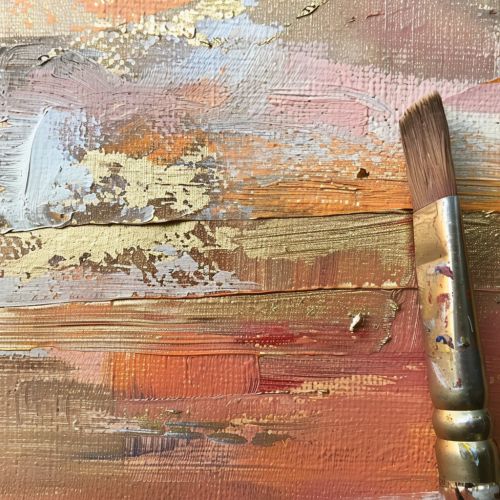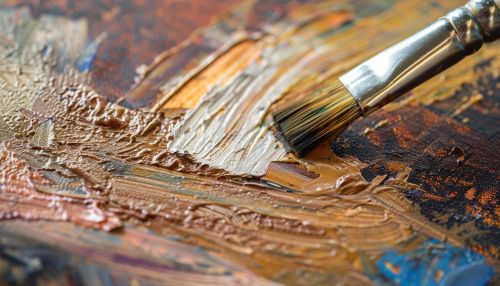Scumbling
Overview
Scumbling is an art technique that involves applying a thin layer of paint with a dry brush and a loose hand over an existing layer. This technique allows some of the lower layers to show through, creating a sense of depth and complexity in the artwork. Scumbling is often used in oil, acrylic, and watercolor mediums.


History
The scumbling technique has been used by artists for centuries. It was particularly popular during the Renaissance period, when artists began to explore the potential of oil paint and its ability to create depth and texture.
Technique
Scumbling involves applying a thin layer of paint over an existing dry layer. The paint is usually applied with a dry brush, which allows the artist to create a soft, diffused effect. The technique is often used to create a sense of depth and complexity in a painting, as the underlying layers of paint can still be seen through the scumbled layer.
Applications
Scumbling is often used in landscape painting, where it can be used to create a sense of depth and distance. It is also commonly used in portraiture, where it can be used to create a soft, diffused effect on the skin.
Materials
Scumbling can be done with any type of paint, but it is most commonly done with oil or acrylic paints. The paint is usually applied with a dry brush, which allows the artist to create a soft, diffused effect.
